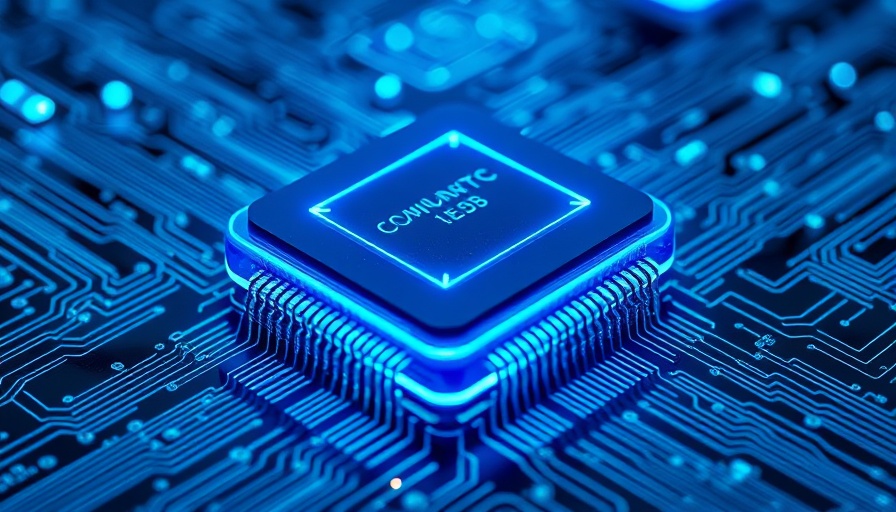
The Evolving Landscape of the U.S. Semiconductor Industry
The U.S. semiconductor industry has been in a state of flux in 2025, defined by strategic maneuvers influenced by geopolitical tensions, domestic policy shifts, and technological advancements. This year, key developments, such as Intel's restructuring and the Trump administration's AI Action Plan, offer insights into this complex ecosystem critical for not only the tech sector but also national security and economic stability.
Key Events Shaping the Industry in 2025
In July 2025, major announcements signaled critical changes in the semiconductor landscape. Intel, under new leadership, has shifted its focus by consolidating operations and reducing its workforce to approximately 75,000. This strategic move reflects a broader trend of efficiency seeking amidst tightening profit margins and increasing competition from global firms.
Meanwhile, the Trump administration rolled out its AI Action Plan, which calls for U.S. chip export controls and outlines cooperation with allies. However, the lack of clarity regarding the exact parameters of these restrictions leaves many stakeholders in the industry speculating about future trade dynamics.
International Partnerships and Challenges
The semiconductor industry is increasingly reliant on international partnerships, evidenced by a prospective deal between the U.S. and the United Arab Emirates for a substantial $9 billion investment in AI chips from Nvidia. However, national security concerns have since put this agreement on hold, highlighting the delicate balance between economic interests and geopolitical tensions. Semiconductors are more than just tech components; they are pivotal in shaping global power dynamics.
AI Chips: A Bargaining Chip in U.S.-China Relations
A pivotal moment came when the U.S. government permitted semiconductor giants like Nvidia and AMD to resume sales of certain AI chips to China, a decision steeped in commercial strategy amid trade negotiations regarding rare earth elements. This development illustrates how technology firms are increasingly becoming political pawns amidst complex diplomatic relations.
The Broader Implications for Tech News and Industry Trends
As these events unfold, they reveal broader patterns in tech news today, where business advancements are intertwined with national interests. The semiconductor market, often overshadowed by more visible tech trends, is evolving at an astonishing pace driven by both urgency and necessity. For tech enthusiasts, keeping abreast of these trends is vital as they directly impact innovative breakthroughs and consumer technology.
Future Predictions: Navigating an Uncertain Tech Landscape
The outlook for the U.S. semiconductor market remains fraught with uncertainty. Companies like Intel must not only navigate domestic challenges but also the complexities of international competition and regulation. Predictions suggest that as competition intensifies, further consolidation and strategic alliances will emerge, underscoring the dynamic nature of the tech industry.
Takeaway: What This Means for Tech Enthusiasts
The shifting sands of the U.S. semiconductor market in 2025 highlight the importance of understanding the intricate layers of technology, geopolitics, and economic policy. For readers looking to decipher today’s tech news, recognizing these connections is vital. As we continue to keep an eye on tech developments, it’s clear that staying informed will equip individuals and businesses alike to navigate the rapidly changing landscape.
 Add Row
Add Row  Add
Add 



Write A Comment